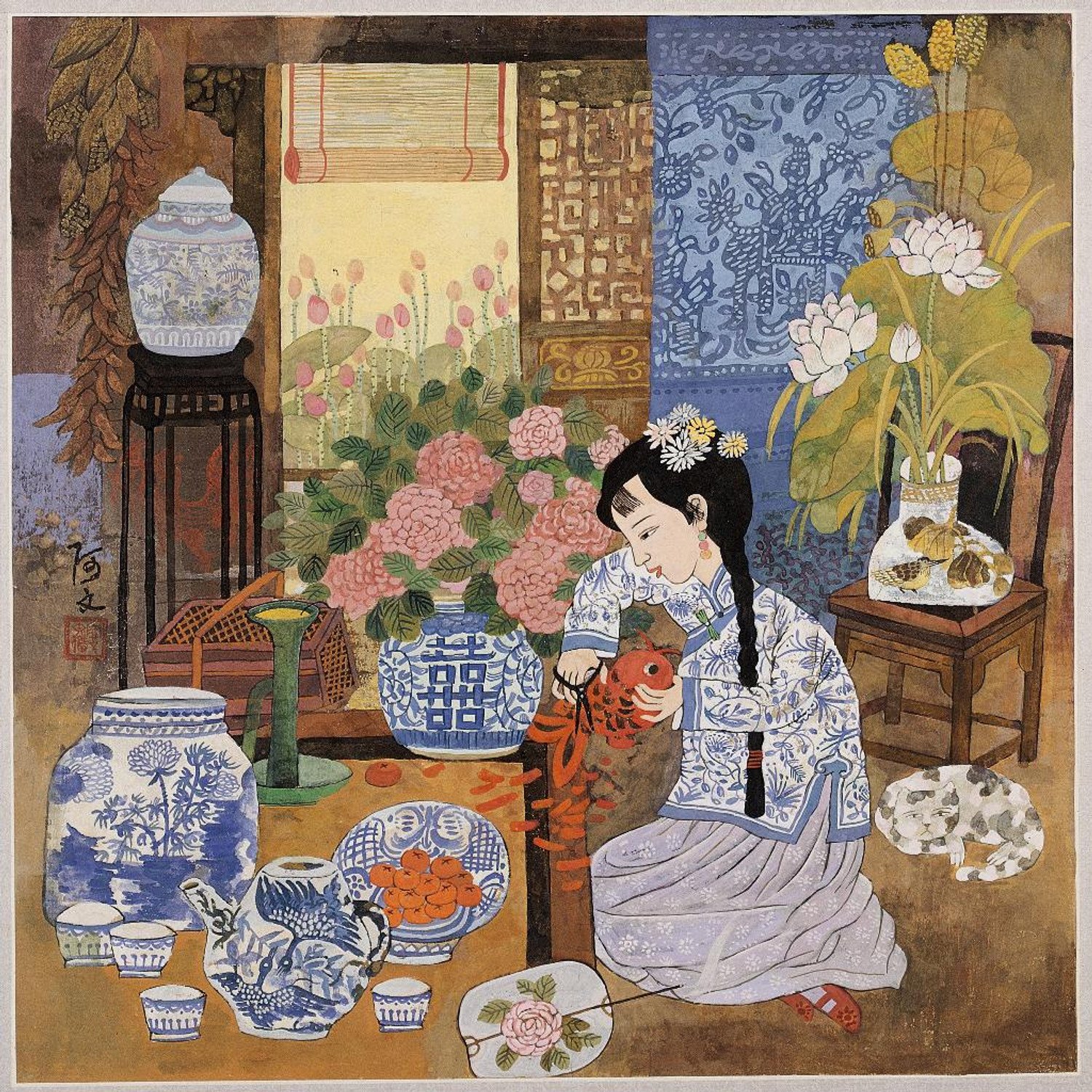Chinese calligraphy drawings are an expressive form of traditional Chinese art that combines visual beauty with written language. Unlike Western calligraphy, which focuses on the uniformity and readability of text, Chinese calligraphy emphasizes the aesthetic expression of characters, often blending brush strokes with drawing techniques to create visually rich compositions. These drawings are not just about writing characters; they are about conveying emotion, movement, and balance through ink and brush.
At the heart of Chinese calligraphy drawings is the Chinese character, which itself is a visual symbol. Each stroke of a character is carefully considered, and the way it is written reflects the calligrapher’s mood, personality, and mastery. A single character like “山” (mountain) can be written in various ways, each style conveying a different tone or feeling. In drawings, these characters are often accompanied by illustrative elements such as bamboo, plum blossoms, birds, or landscapes. The combination creates a harmonious composition where words and images enhance each other.
The tools used in calligraphy drawings are known as the “Four Treasures of the Study”: the brush, ink, paper, and inkstone. The softness of the brush and the absorbency of rice paper allow for expressive strokes, from bold, dramatic lines to soft, gentle curves. The control of ink flow, pressure, and speed is essential. A master calligrapher can express strength, elegance, or spontaneity with a single stroke.
One of the defining aspects of Chinese calligraphy drawings is the use of different script styles. These include:
- Seal Script (篆书): The oldest form, with symmetrical and pictorial qualities.
- Clerical Script (隶书): Known for its flat, wide strokes and decorative flair.
- Regular Script (楷书): Precise and readable, used for formal writing.
- Running Script (行书): Fluid and cursive, like a flowing dance of characters.
- Grass Script (草书): Highly cursive and abstract, often unreadable but emotionally powerful.
In Chinese culture, calligraphy drawings are more than decorative art—they are a reflection of inner character and philosophical thought. Influenced by Confucianism, Daoism, and Buddhism, calligraphy emphasizes discipline, harmony with nature, and personal cultivation. Scholars of ancient China often practiced calligraphy to improve their virtue and focus their minds.
These artworks are often seen in scrolls, fans, or framed wall art. They might depict a short poem, a proverb, or a famous quote, accompanied by images that align with the theme. For instance, a calligraphy of the word “福” (blessing) might be surrounded by plum blossoms, which symbolize resilience and hope.
In modern times, Chinese calligraphy drawings remain a beloved art form, taught in schools and practiced by artists worldwide. Whether as cultural expression, meditation, or aesthetic creation, they represent the unique fusion of language and visual beauty that is central to Chinese heritage.
